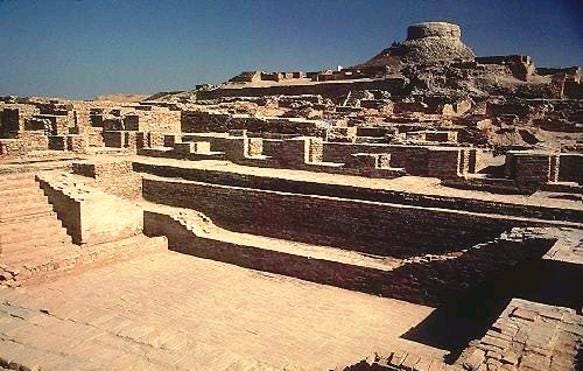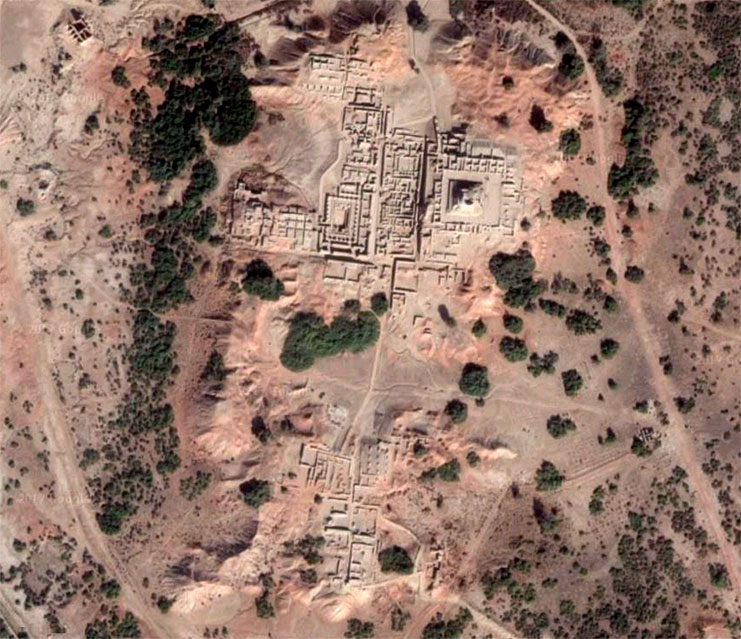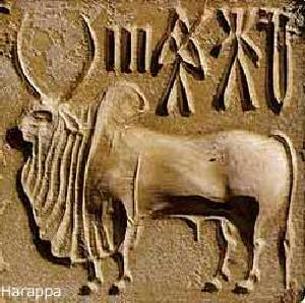Ancient world has seen many advanced civilisations Egyptian ,Chinese ,Mesopotamian and Indus Valley civilisation . Indus Valley civilisation was situated in Indian subcontinent around 3500 BC to 1500 BC these dates are not well established , as new discoveries in the field of archaeology are coming we are getting new timeline for Indus Valley civilisation .

Indus Valley civilisation also be named as Harppan civilisation because it was first founded in Harappa in 1924 A.D Under the leader ship of Sir John Marshal by Dr. R.D Banerjee and D.R Sahani .
Total area covered by Indus Valley civilisation was near 1,60,000 km² comprising Morden Afghanistan Pakistan and north west parts of India. More than 200 sites are already discovered in different parts of Indians of continent some of the major sites of Harappan civilisation are Harappa (Punjab) , Mohenjodaro (Sindh ) ,Chanhudaro (Sindh ) , Lothal (Gujrat) , Rakhigrahi (Harayana) , Dholavira ( Gujrat ) ,Kalibangan ( Rajasthan ) , Balakot( Pakistan ) , Manda , Alamgirpur , Surkotda and Mehargarh etc.
Some of the distinct features of Indus Valley civilisation are town planing , drainage system , religious beliefs , trade and agriculture .

Harappa Site
Major Features of Indus Valley civilisation
1. Town planning :- One of the striking features of Indus Valley civilisation is its town planning , almost every town be it in border of Afghanistan or 1000 km away from it in India is dived in two parts 1. lower town and 2. Citadel .Every structure is made of baked bricks and designed well in symmetry . It is a miracle that people of Harappa managed to maintain this similarity of towns across the sub continent for 1500 years continuously .

2. Drainage System :- People of Harrpan civilisation have great sense of health and hygine , all the drains in the city were intersect on 90 angle , drains were build of baked bricks and covered with stones .Even in todays Morden world all the major cities are suffering from problems of the water drainage system .

Drainage sytem
3. Agriculture and trade :- Harappan civilisation was very enrich in agricultural production , more than 20 types of crop evidences were founded in different sites of Harappa . Trade relation of harappa was extended unto Mesopotamian civilisation and beyond .Lothal ,Surkotda,Kalibangan were famous ports which were famous for trade through sea route .

4. Religious beliefs :- Although we are not successfully depicted Harappa script yet we have found some pictorial inscriptions on the seals along with terracotta figures . It was suggested by the archaeologists that worship of Mother Earth , unicorn ,bull with hump ,snakes and fire is prevalent in the society .
/IndusValleySeal-4d023acb287048068238ee55624855b3.jpg)
Pashupati Shiva in meditative posture , sitting in Yoga Posture ...Is yoga existed at the time of Harrapan Civilisation
Fall of the Civilisation :- Archaeologists had given different theories on the decline of the Indus Valley civilisation . For example Mr. A.H Wheeler suggested Attack of Aryans /Indra was the main reason for the fall of civilisation . Some suggested that Great flood ,over use of resources , environmental imbalance and constant decline in trade was responsible for the end of Harappan civilisation .
Still Many questions to be answered and many mysteries to be solved ...we still amazed by the Greatness of this civilisation .



No comments:
Post a Comment